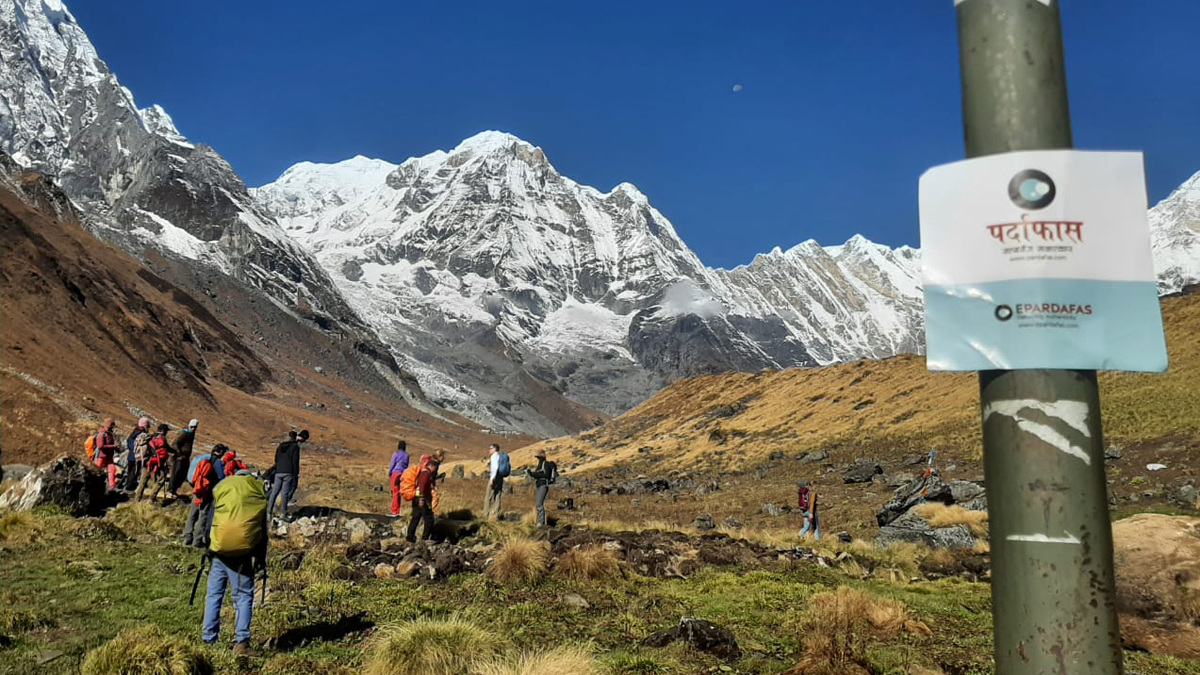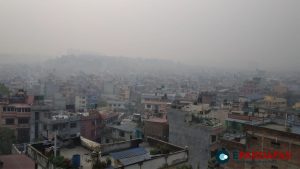
Nepal’s Quest for Climate Justice: Challenges and Opportunities
In December 2024, Nepal’s Foreign Minister, Ms. Arzu Deuba Rana, led a delegation to the International Court of Justice (ICJ) in The Hague to advocate for climate justice. This significant move, though underreported in the political discourse of South Asia, highlighted Nepal’s urgent call for international support in combating the escalating impacts of climate change. Nepal’s plea joins a broader initiative spearheaded by the Pacific Island nation of Vanuatu, which seeks advisory opinions from the ICJ to bolster negotiations in global forums like the UN Climate Change Conferences (COP). While such opinions are non-binding, they hold potential for shaping international climate policies and agreements.
Nepal’s vulnerability to climate change is glaring, with its unique geography amplifying the effects of global warming. Unpredictable weather patterns, melting glaciers, and an increase in natural disasters like floods and landslides underscore the urgency for action. Adding to these challenges are geopolitical complexities, including the ecological risks posed by China’s infrastructure projects on the Tibetan Plateau. In this context, international cooperation and regional collaboration are not just desirable but essential for Nepal’s pursuit of climate justice.
Nepal’s Geographical Vulnerabilities
Nepal’s topography—dominated by the Himalayas and home to eight of the world’s ten tallest mountains, including Mount Everest—makes it highly susceptible to climate change. The country’s economy and livelihoods depend heavily on natural resources, which are increasingly threatened by rising temperatures. Accelerated glacial melts have led to the formation of new glacial lakes, heightening the risk of catastrophic glacial lake outburst floods (GLOFs). These events endanger mountain communities and infrastructure, posing significant humanitarian and economic challenges.
Erratic weather patterns have further compounded Nepal’s climate crises. The monsoon season, which is vital for agriculture, has become increasingly unpredictable. For example, in September 2024, torrential rains during the monsoon’s retreat caused severe flooding in Kathmandu and surrounding areas, resulting in over 200 fatalities, millions of dollars in damages, and the displacement of thousands. These events occurred as Nepal continued to rebuild from the devastating 2015 earthquake, which killed thousands and caused widespread destruction.
Geopolitical Challenges
Nepal’s geopolitical position adds another layer of complexity to its climate challenges. Sharing a long, porous border with China, Nepal is affected by large-scale infrastructure projects on the Tibetan Plateau. The world’s largest hydroelectric dam, under construction along the Yarlung Tsangpo River (Brahmaputra), raises concerns about downstream ecological and hydrological impacts on Nepal’s fragile ecosystems. Research has also linked such mega-projects to an increased risk of seismic activity, a critical concern for a region already prone to earthquakes.
Despite existing channels for bilateral cooperation, including information exchange on Himalayan glacial lakes, gaps persist. For instance, in August 2024, Nepal experienced the sudden bursting of two glacial lakes. According to Jagadishwor Karmacharya, head of Nepal’s hydrology and meteorology department, China failed to share crucial data on these lakes, exacerbating the disaster. A similar lapse occurred in 2016, underscoring the need for more robust and transparent regional collaboration.
The Case for International Support
Nepal’s fight against climate change requires substantial international support, particularly in financial and technological terms. Mechanisms like the Green Climate Fund (GCF) and the Adaptation Fund can play a pivotal role in funding research, prevention, and disaster management initiatives. Advisory opinions from institutions like the ICJ could strengthen Nepal’s position in advocating for such resources.
Technological transfer is another critical area where global and regional collaboration can make a significant impact. Sharing innovations and expertise can enhance Nepal’s capacity to mitigate climate risks and build resilience. Moreover, South Asian nations, as part of the lower riparian region of the “third pole,” must unite to share data and collectively address the challenges posed by climate change.
Looking Ahead
While Nepal’s plea to the ICJ may not yield immediate results, it represents a vital step in drawing global attention to the Himalayan region’s fragile climate. By leveraging international mechanisms and fostering regional solidarity, Nepal can strengthen its pursuit of climate justice. This effort is not just about safeguarding Nepal’s future but also about protecting the millions of lives dependent on the resources and ecosystems of the Himalayas.
Harsh Pandey is a PhD Candidate at the School of International Studies, Jawaharlal Nehru University, New Delhi.














Comments